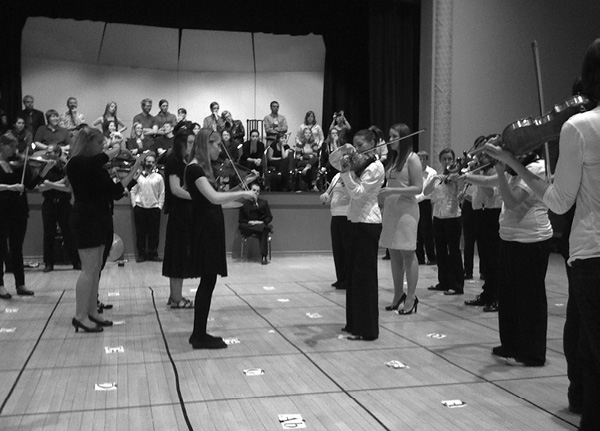
CHESS PIECE (2012)
first performed on May 3, 2012
Ashurst Hall, Flagstaff, AZ
performed once in 2012
OWEN DAVIS
Katie Seigfried, Arash Ertefai, Britany Gould, Aryn Walton, Hillary Stirlen, Carolyn Snyder, Wesley Hunter, Justine De Marco, Shea Campbell, Emily Serie, Luis Amaya, Karli Rhind, Shelby Simper, Bernadette Smith, Nicholas Walker, Ernie Ortega, Alex Christiansen, Connor Kolacki, Robert Troglia, Josh Burrola, Ricky Smith, Jordan Stanford, Dan Stone and many others
Flagstaff, AZ
251726186o251726186w251726186e251726186n251726186d251726186a251726186v251726186i251726186s251726186m251726186u251726186s251726186i251726186c251726186@251726186g251726186m251726186a251726186i251726186l251726186.251726186c251726186o251726186m
nod378.wix.com/owendavismusic
CHESS PIECE (2012)
OWEN DAVIS
“Chess Piece” is dedicated to my very good friends Ethan and Harold who together, but at different points in my life, have taught me—simple, yet highly complex; centuries old, yet relevant—the game of chess. Harold told me once, “A lot of people say that the game of chess is a metaphor for life, but to me it’s just a game.” With this I set out to bring the game of chess to a sonic reality.
This work of music aims to turn the average concert hall into a buzzing performance space while the life-size game of chess is played out. It is in line with experimental compositional techniques that began to be explored in the 1950s in which the artist (composer) consciously relinquishes control of the results. In many ways, this work is a compositional process in its raw form—the performance then becomes the development of this process, which is completely at the whim of a game of chess. It’s music that is begging to be experienced as well as listened to.
The performance space is on a 24’ x 24’ square installation on the floor outlined in black tape. The pitches designated in the schematics are placed inside of each square using a fabric adhesive strip. The 32 performers in the ensemble represent all of the pieces on the life-size chessboard (16 white, 16 black). Via a projector and two live-chess players, the players in the ensemble immediately replicate a game of chess. As the game plays out, the players move through a series of instructions for certain situations, e.g. if a piece is captured then the player must stop playing and leave the board.